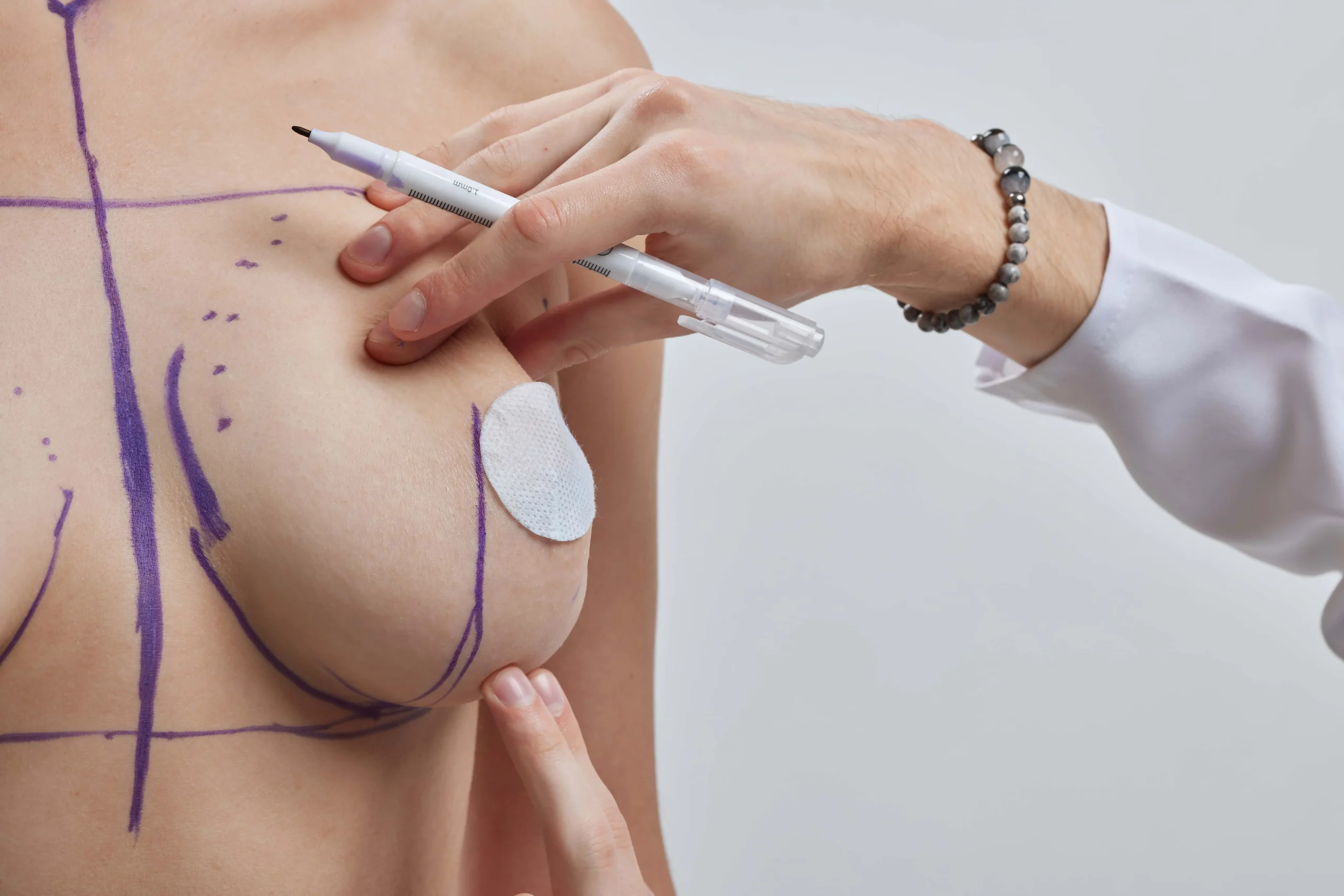
Breast lift surgery, or mastopexy, is a cosmetic procedure that raises and reshapes sagging breasts. Unlike augmentation, it doesn’t add volume but repositions the breast tissue, tightens the skin, and elevates the nipple for a firmer, more youthful contour. It’s often chosen by women experiencing drooping due to aging, weight changes, or pregnancy.
The surgery is done under general anesthesia and usually takes 2 to 3 hours. The surgeon removes excess skin, lifts the breast tissue, and repositions the nipple to a higher point. Depending on the degree of sagging, different incision techniques may be used:
In some cases, a breast implant can be added to restore lost volume.
Common reasons include:
You may be a good candidate if you:
Your surgeon will choose a method based on the amount of sagging and desired results:
Some patients choose to combine their lift with implants or fat grafting to improve volume as well.
Patients should avoid strenuous activity and sleep on their back during the first few weeks.
Before your procedure:
Post-op recovery includes:
Your new breast shape becomes more defined over time as swelling decreases and tissues settle.
One
Local anesthesia
Immediately
7 days
None
* For informational purposes only, be sure to consult your doctor for diagnosis and treatment.
Not necessarily. A lift reshapes and raises the breasts but doesn’t add volume. If you also want more fullness, you can combine a lift with implants or fat transfer.
The results are long-lasting, especially with a stable weight and healthy lifestyle. However, natural aging and gravity will still affect the breasts over time.
Some patients experience temporary changes in sensation. In most cases, sensitivity returns within a few months. Complete loss is rare but possible, especially with extensive lifting.
Yes, but they fade over time and are placed strategically to be hidden under clothing or bras. Scar care treatments and follow-ups help improve their appearance.
Breastfeeding is sometimes still possible, but it depends on the technique used and whether the milk ducts are preserved. If you plan to breastfeed in the future, discuss this with your surgeon in advance.
While commonly performed after pregnancy or aging, women in their 20s and 30s also seek lifts due to genetics, weight changes, or earlier sagging.
If your main concern is sagging, a lift may be enough. If you also want more volume or firmness, combining a lift with implants can offer both lift and fullness. A consultation with your surgeon will clarify the best plan.
For the first 4–6 weeks after surgery, a medical bra should be worn, heavy lifting should be avoided, and sleeping positions should follow your surgeon's advice. Swelling and bruising are normal and the healing process varies from person to person. Follow-up appointments should not be skipped, and alcohol and smoking should be avoided during recovery.
Yes. When they wear down or are damaged, veneers can be removed and replaced by a dentist with new restorations.

Medipol University Hospital, being the justifiably proud of Medipol Education and Health Group in Turkey and in the world, resulting in this spirit, is a health complex having JCI standards accepting patients from all over the world.
TEM Avrupa otoyolu göztepe çıkışı no:1, 34214 Bağcılar/İstanbul